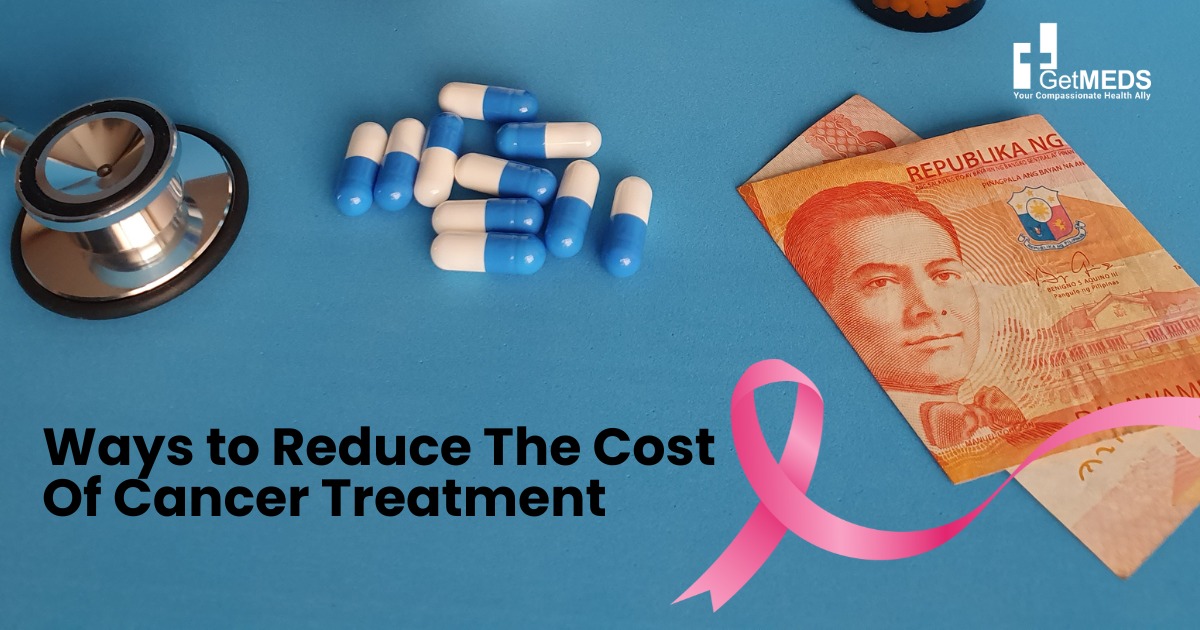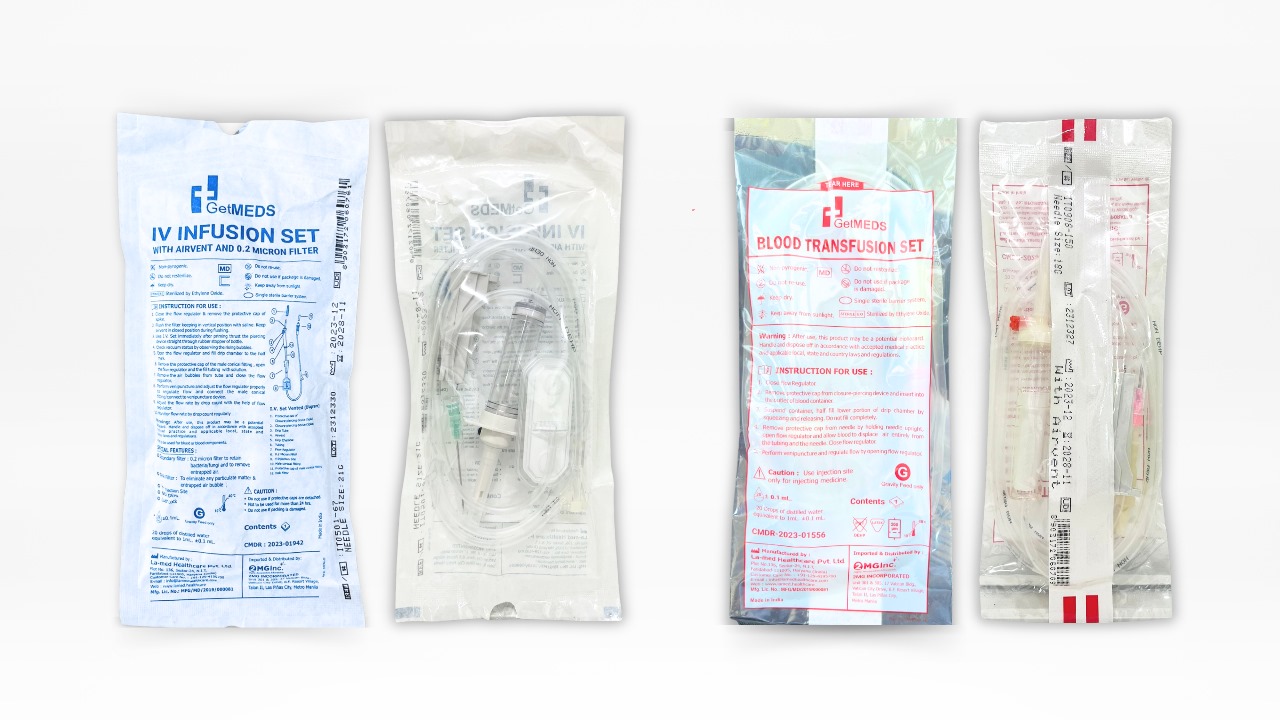Lymphoma is one of the three main types of blood cancers, the other two being leukemia and myeloma. Lymphoma accounts for almost half of the blood cancer cases diagnosed every year. It is a cancer of the lymphatic system of the body, i.e., the lymph nodes present in the neck, armpits, chest, and groin. A healthy lymphatic system carries lymph, a clear fluid, via tubes and lymph nodes, to various body parts, such as the spleen, bone marrow, thymus, and tonsils. When the infection-fighting white blood cells in lymph come under attack, they change and grow out of control, leaving the body at risk for innumerable infections.
The diagnosis for lymphoma is broken down into two major types:
- Hodgkin lymphoma
- Non-Hodgkin lymphoma (NHL)
Even though Hodgkin and non-Hodgkin lymphoma are similar in the fact that they both attack the lymphatic system, there are still quite a few differences between the two. Although both the types of lymphomas are rare, Non-Hodgkin lymphoma (NHL) is still more common than the other, and almost 95 percent of cases of lymphoma are non-Hodgkin.
The presence of Reed-Sternberg cells confirms the diagnosis of Hodgkin lymphoma. Reed-Sternberg cells are unusually large, mature B cells that become cancerous and have more than one core, or nuclei. Swollen lymph nodes in the upper body, areas such as underarms, chest, or neck, are some of the early symptoms of Hodgkin lymphoma.
Non-Hodgkin lymphoma mostly develops from the B cells and T cells (lymphocytes) in the lymph nodes and tissues in the body. Not every lymph node is affected in NHL. Often, tumor growth occurs on some lymph nodes and skips others. NHL can be confirmed with the presence of both uncontrollable B and T cells in different lymph nodes throughout the body. The key difference between both types of lymphoma is that the Reed-Sternberg cells are not present in the more common non-Hodgkin lymphoma. Currently, there are 60 or more different types of non-Hodgkin lymphoma discovered by the medical and scientific community. The symptoms of non-Hodgkin’s lymphoma include swelling in the lymph nodes in different areas of the body and are not limited to the upper area of the body like in Hodgkin lymphoma.
The B cells and T cells that are affected by lymphoma are part of our immune system that defends against different invading organisms. The B cells produce antibodies to destroy the cells infected by an attack of bacteria and viruses. The T cells on the other hand produce antibodies to attack the infected cells and also directly attack and kill the infected cells. When the B and T cells are compromised and develop abnormally, they lose their power to defend the body from infections and can no longer keep the immune system healthy.
The signs Non-Hodgkin Lymphoma as well as Hodgkin lymphoma show are more or less the same as some viral infections, such as a common cold. This is one of the reasons due to which early diagnosis of lymphoma is delayed. These common symptoms however extend for a longer time duration than normal. While some people do not experience any symptoms at all, for others it may be the swelling of the lymph nodes. There are many lymph nodes present in our whole body. In lymphoma, one may notice unusual swelling in the neck, armpits, abdomen, or groin. Such swellings are often painless and may be confused with back pain when an enlarged lymph node presses upon bones and other internal organs. Although lymph nodes also get swollen during common cold infections, they tend to resolve on their own. If a lymph node swellings do not go down on their own for a long duration, then they might be symptoms of Hodgkin lymphoma or NHL. One should never self-diagnose and always consult a doctor.
One can consult their physician or doctor if they are facing symptoms such as:
- Recurring fever without any infections;
- Feeling chilly, or having night sweats;
- Sudden weight loss and low appetite;
- Feeling lethargic all the time;
- Itching more than usual.
Apart from these symptoms, non-Hodgkin lymphoma has some additional symptoms-
- Wheezing, or shortness of breath;
- Persistent cough;
- Swelling or pain in the abdomen.
The lymphatic system can act as a carrier of lymphoma from one part of the body to the other. The cancerous lymphocytes leave the body at risk of catching deadly infections. Sometimes if the enlarged lymph node presses the spinal cord or nerves, it can lead to paralysis, altered sensation, and weakness.
People exposed to the Epstein-Barr virus infection are at a greater risk of developing Hodgkin lymphoma. The answer to why the risk factor increases is not clearly known to date. Rarely, parts of the Epstein-Barr virus are found in the Reed-Sternberg cells. Other risk factors are-
- Age – people between the age group of 20 to 30, and those above the age of 55 years are at a greater risk of Hodgkin lymphoma;
- Gender – it is more common in males than in females;
- Family history – if someone in the family has a history of lymphoma, especially a sibling, then the risk of Hodgkin lymphoma increases significantly;
- Weakened immune system due to already present conditions such as HIV.
Risk factors for non-Hodgkin’s lymphoma are more or less the same as Hodgkin lymphoma but there are still a few differentiating risk factors involved such as:
- Age – people older than 60 years are more at risk than others;
- Location – studies have found that NHL is more common in developed nations;
- Exposure to chemicals – certain agricultural chemicals and nuclear radiations have found to be linked to signs Non-Hodgkin Lymphoma;
- Autoimmune disease – such types of diseases can increase the risk of developing NHL since the body’s own cells are attacked by the immune system;
- Breast implants – anaplastic large cell lymphoma can be formed in the breast tissue.
Both types of lymphoma attack the lymphatic system of the body. Even though at first glance, both Hodgkin and non-Hodgkin lymphoma appear to be quite similar, they are quite different in terms of diagnosis as well as few symptoms.

 Login/Register
Login/Register
-777x437.png)










Be the first to comment on "Lipoma Cancer: Symptoms, Treatment, Complication, Precautions"